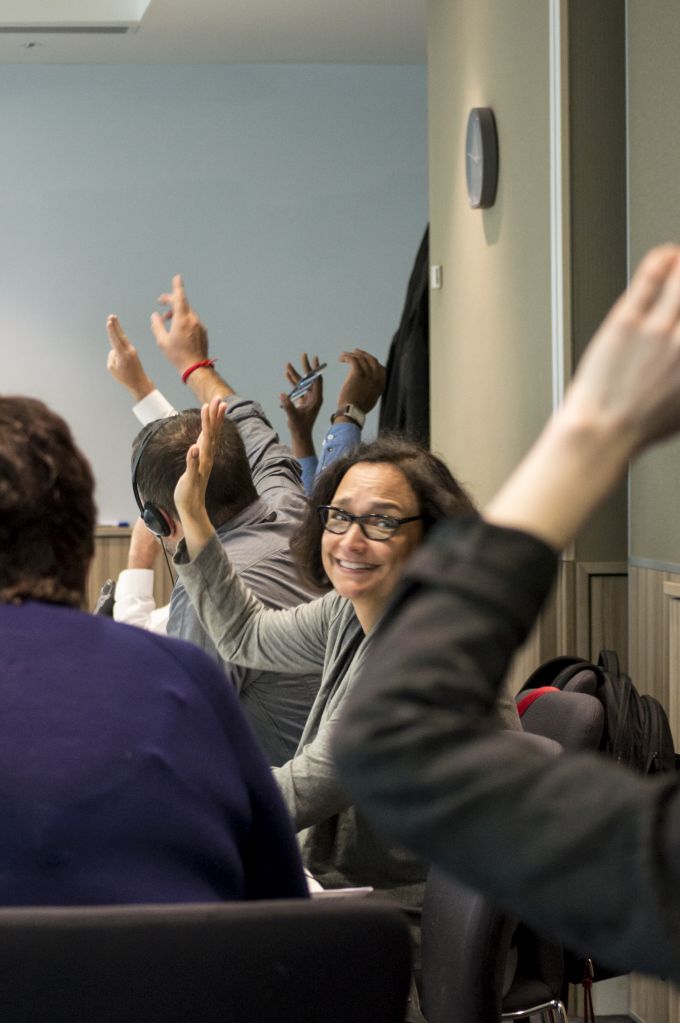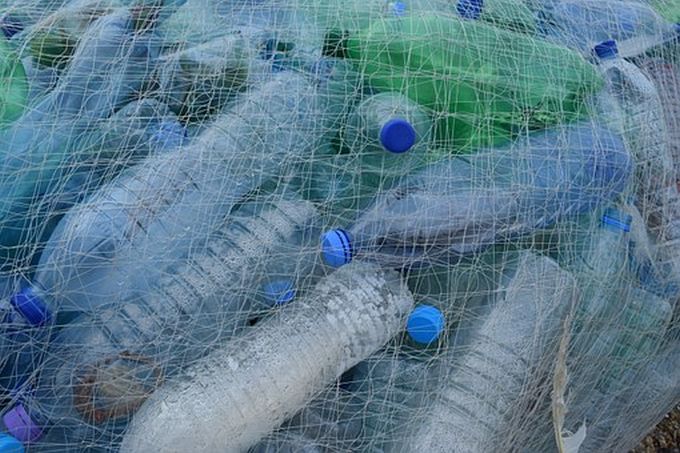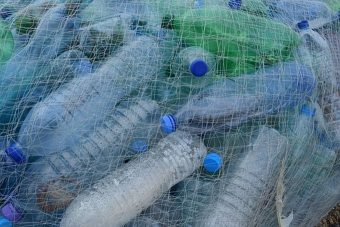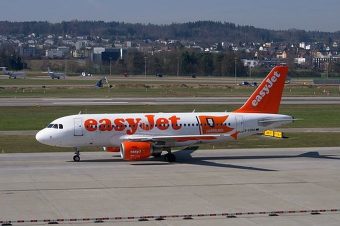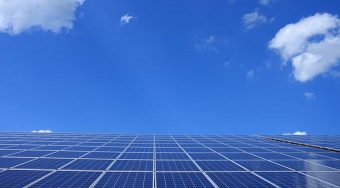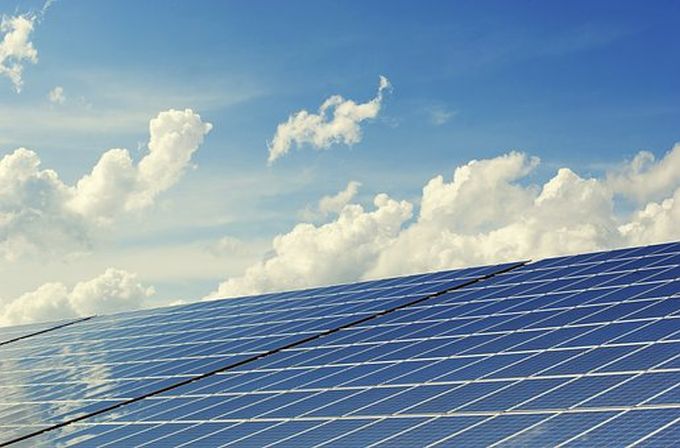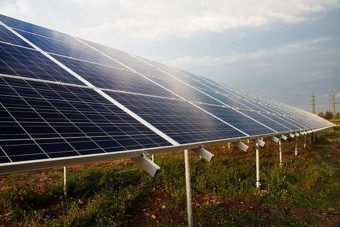
Fund management specialist Octopus Investments Limited has successfully closed a new £300m fund dedicated to investing in operational renewable power projects in the UK.
The company announced last week that backing from an unnamed large institutional investor had allowed the Renewable Energy Income Partnership (REIP) to reach a successful close.
Octopus currently boasts £2.1bn of clean energy assets under management across the solar, onshore wind, biomass, landfill gas, and gas-fired reserve power sectors.
Alex Brierley, Octopus’ investment director, said the latest fundraise represented a further vote of confidence in the company’s track record in the market. “In closing the Fund, Octopus takes the next step in its consolidation of the UK renewable energy asset class,” he said. “We are delighted to have, again, enabled a material source of new capital into the UK renewable energy market which confirms our position as the leading manager in this space.”
The company added that the £300m fund also reflected “institutional investors’ appetite to invest in the predictable, long-term cash flows generated by renewable energy assets in the United Kingdom”.
Octopus said it expected REIP to grow as further assets are identified beyond the initial pipeline in both the UK and Europe.
The latest investment will support the company’s plans to develop a vertically integrated energy company through investments in renewable generating assets, energy optimisation technologies, and the development of Octopus Energy, an energy supplier specialising in providing green energy to domestic and small business customers.
Source: businessgreen.com


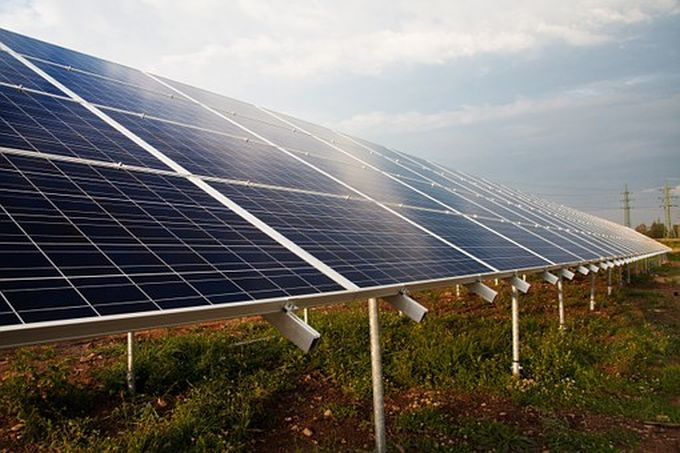

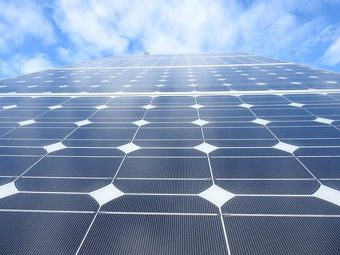
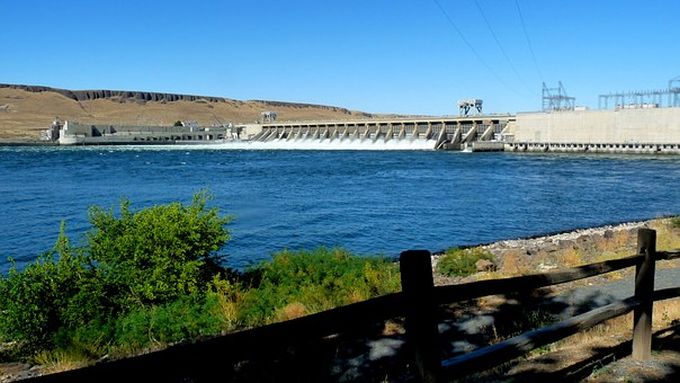
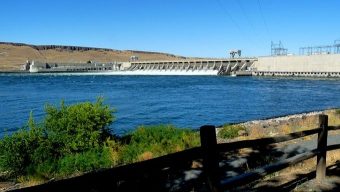
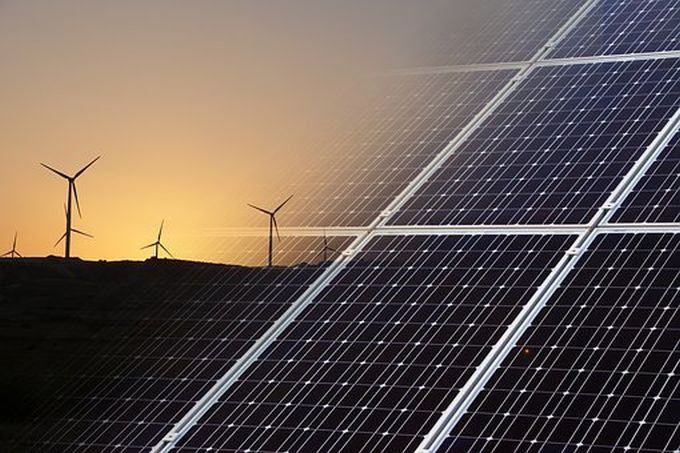


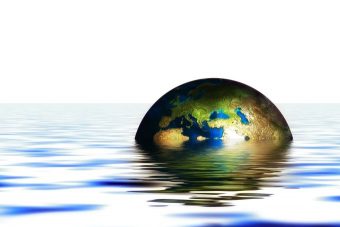
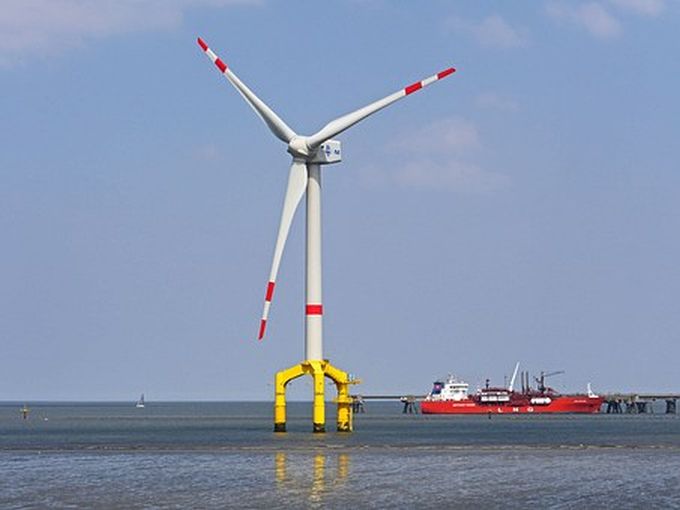
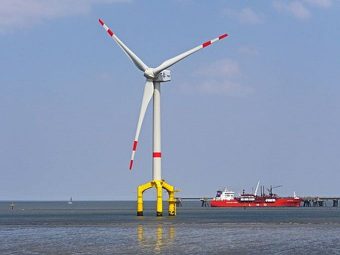
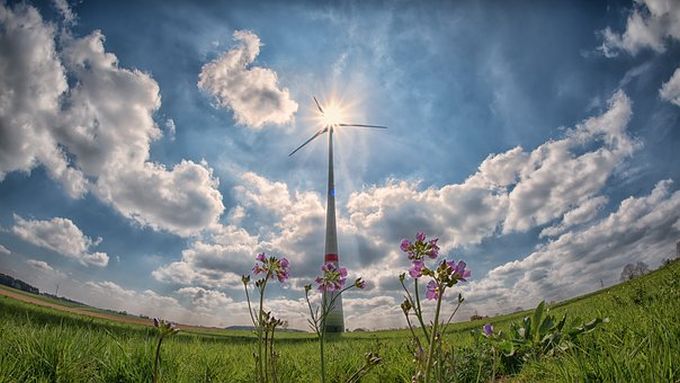


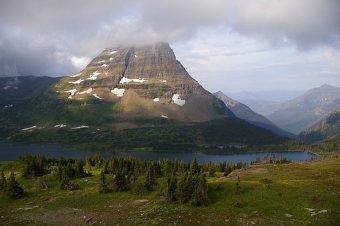
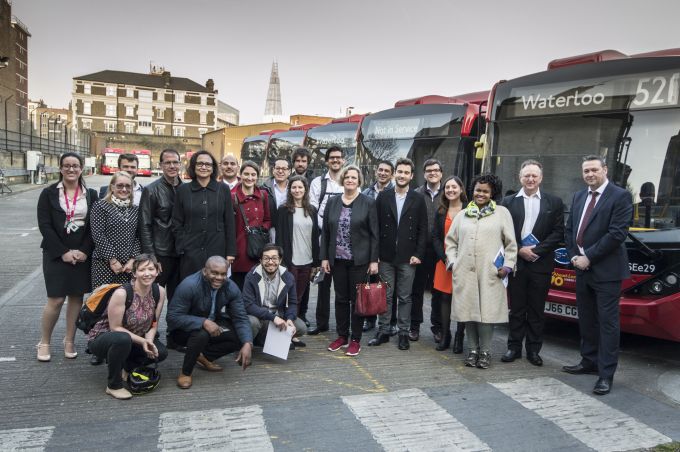
 Travelling up to ten times further than the average passenger vehicle, urban buses are a significant source of pollution, impacting local air quality and global carbon emissions. By 2030, urban bus activity is set to grow nearly 50 percent from today’s levels. In addition, buses used for public transit are not replaced as frequently as passenger vehicles, meaning those purchased today can have environmental and health impacts that persist for more than a decade.
Travelling up to ten times further than the average passenger vehicle, urban buses are a significant source of pollution, impacting local air quality and global carbon emissions. By 2030, urban bus activity is set to grow nearly 50 percent from today’s levels. In addition, buses used for public transit are not replaced as frequently as passenger vehicles, meaning those purchased today can have environmental and health impacts that persist for more than a decade.
